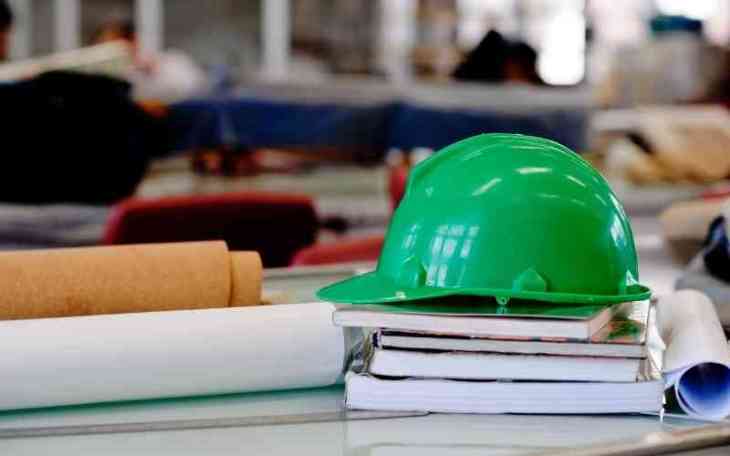
The importance of wearing a hard hat is clear for all industrial and manufacturer workers. Hard hats prevent blows to the head from falling objects, collisions, or flying debris. According to the Occupational Safety and Health Administration (OSHA), protective hats on the worksite are mandatory. Here is why you should always be wearing one.
What Is the Purpose of a Hard Hat?
OSHA requires workers to wear hard hats if their job involves handling dangerous materials or working in hazardous work areas. Because monitoring every worksite safety hazard is impossible, wearing a hard hat protects your head from unforeseen injuries. Hard hats are a critical feature in worksite safety and one of the most resilient types of personal protective equipment.
What Type of Jobs Require Hard Hats?
OSHA requires employers in the following fields to provide hard hats and safety protocols to every employee. While this is a general list, employees in other possibly dangerous fields should speak with their employers about the hard hat policy.
- Carpenters
- Electricians
- Mechanics
- Freight handlers
- Welders
- Warehouse laborers
- Pipe fitters
Hard hats should always be worn even if there seems to be no danger around; better play it safe than sorry. New risks and hazards appear every day, so make sure to remain aware of your surroundings and utilize the PPE available to you, especially around heavy equipment like a long-reach drill rig.
What Makes a Hard Hat?
Most hard hats are non-conductive and made from high-density polyethylene. The hat is made up of two parts: a shell and a suspension system. The hard outer shell protects the head, and the suspension keeps the shell away from the head. This way, if an object hits you, the suspension system provides a buffer to absorb some of the impact.
Are There Different Classes of Hard Hats?
There are three separate classes of hard hats: general, electrical, and conductive. Each hat is designed for different fields of work. This is because there are various work hazards for different jobs. For example, a landfill worker may not need the same PPE as an electrician.
Class G (General)
Wearing a hard hat is important because it protects workers from common worksite injuries. General hard hats are proof tested to resist 2,200 volts of electrical charge. Many construction workers wear class G hard hats.
Class E (Electrical)
Class E hats are relatively similar to class G hats. Both protect the worker from falling objects or collisions, but electrical hard hats offer more resistance to electricity and voltage. Class E hats are proof-tested to resist 20,000 volts of electrical charge! As such, electricians are required to wear these hats while on the job.
Class C (Conductive)
Class C hard hats are the lesser of the three when it comes to protection. While all three hats protect the worker from impact and hazards, conductive hard hats offer no protection from electricity. Construction workers that do not work with electrical hazards wear these hats.
One of the most important forms of prevention for work hazards in construction and industrial fields is wearing a hard hat. This invention saves countless workers from injury or death. Always wear your hard hat whenever you are on the job.






